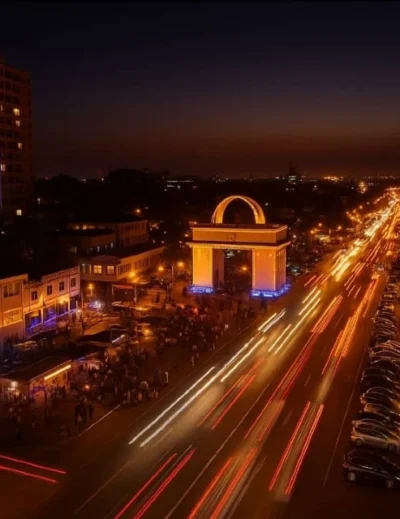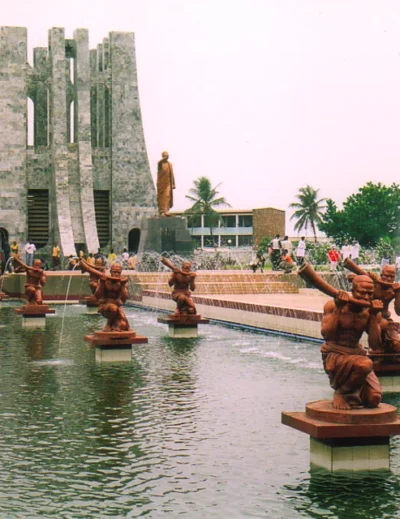
Eswatini: Southern Africa’s best-kept Travel secret
When you think about escaping into nature and experiencing culture in an uncrowded corner of the world, your mind probably goes to places like Costa Rica or Bali. But let us introduce you to a little-known gem that deserves a top spot on your bucket list: Eswatini.
Eswatini is known for its untouched nature and respectful locals. It’s an underrated destination tailor-made for nature lovers, cultural explorers, and curious travellers looking for something off the beaten path.
Where is Eswatini?
The Kingdom of Eswatini, formerly known as Swaziland until 2018, is a small landlocked country tucked into the southern part of Africa. It shares most of its borders with South Africa, and some with Mozambique. Despite its size, Eswatini is incredibly diverse with mountains, savannahs, and rainforests all within a few hours’ drive of each other.
It’s also one of the last remaining absolute monarchies in the world, ruled by a King. The people of Eswatini speak both SiSwati and English, so any international traveller will be able to get by.
What’s the weather like?
Eswatini has a mild and pleasant climate. October to March is warm with occasional rains, while May to August is cool and dry. If you’re planning your visit around a festival or nature tours, the dry season is the best time to go.
Getting to Eswatini from Nigeria
A Visa and Yellow Fever certificate are required for Nigerian passport holders. And for the visa application, you need the following:
- Two passport-sized photos
- A signed statement showing your purpose and length of stay
- Proof of financial means (bank statements, medical cover, or cash)
- Return or onward ticket, or enough funds to cover travel
Flights to the country are usually routed through Johannesburg, South Africa, with ground or air connections into Eswatini.
RELATED:Add these incredible natural wonders to your bucket list
What to do in Eswatini
Despite being small in size, there are so many things to see and do. Whether you’re into wildlife, art, music, or cultural immersion, there’s something here for you.
Mlilwane Wildlife Sanctuary
This is Eswatini’s most accessible nature reserve. And it’s interesting because you can explore the park on horseback, riding alongside zebras, wildebeest, and antelope. There are no dangerous predators, so you can roam freely and safely. If you want a unique safari experience, check this out.
Mantenga Cultural Village
Here you’ll get a peek into real Swazi culture. Mantenga is a recreated traditional village where you’ll learn about Swazi history, customs, and daily life. Time your visit to catch a lively dance performance, it’s worth it.
Swazi Candles and Craft Markets
Located in the Malkerns Valley, Swazi Candles is more than just a shop, it’s an experience. You’ll see artisans handcraft colorful wax candles in animal shapes and intricate patterns. The nearby markets are full of locally made jewelry, textiles, woodwork, and souvenirs. It’s the perfect place to support local businesses and take a piece of Eswatini home with you.
House on Fire and the Bushfire Festival
Also in Malkerns, House on Fire is an art-meets-music venue like no other. It’s the heart of Eswatini’s annual MTN Bushfire Festival, a major international music and arts celebration held every May. If you love festivals, make this your reason to visit. The vibe is inclusive, conscious, and unforgettable.
When is the best time to visit Eswatini?
May to August the dry season, is best for wildlife viewing and hiking while late May is ideal if you’re heading there for the Bushfire Festival. Avoid peak rains in December to February if you want to maximize your outdoor activities.
Why Eswatini should be on your radar
If you’re the type of traveller who’s always looking for what’s new, undiscovered, and authentic, Eswatini is calling your name. It’s safe, culturally rich, visually stunning, and full of heartfelt experiences. Once you visit, you’ll wonder why you didn’t go sooner.









Leave a Reply